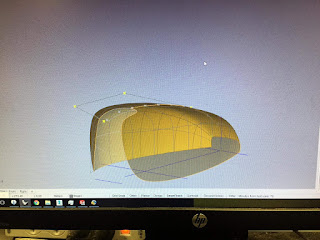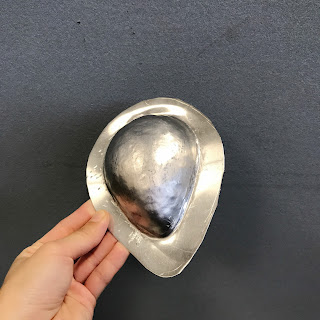Personal Reflection

Fuel Tank The project I’ve chosen to do the reflection is the fuel tank because this project costed me the longest time to complete it among other projects. In the process of making the fuel tank, I failed three times because of the accidental edge crack. First of all, lets discuss the weaknesses of this project. In the process of shaping the aluminium sheet, we need to change its radian from two different directions (horizontal, vertical). And it is very easy to break in the edge because of the hard hammering. The tear would be bigger and bigger if we didn’t give up the work. As we mentioned above, we need to change its radian in two directions. The aluminium sheet is soft and easy to be shaped comparing with other metals so it is also easy to deform. For example, when the horizontal radian fits the model shape, then we try to change the vertical radian. The whole aluminium plate will change the shape because of hitting force. This problem is such a big test of our patience. Second...




